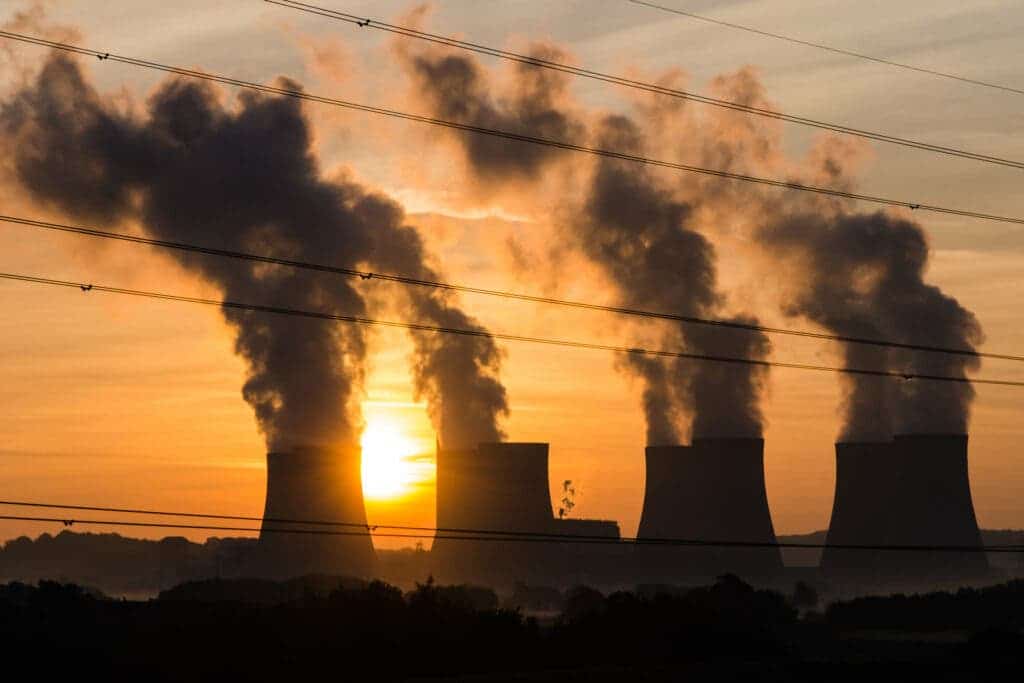Every country is supposed to be doing everything it can to prevent catastrophic climate change, but a new UN report shows this isn’t nearly the case — not even close. Current pledges will lead to global warming of 2.5 degrees Celsius, a level that would condemn the world to climate breakdown and make way for a chaotic future.

UN researchers looked at the most recent climate pledges from the almost 200 countries that signed the climate Paris Agreement back in 2015. They found that those commitments leave us very far from the agreed-upon goals to limit global warming to below 2 degrees Celsius, pursuing efforts to limit it to 1.5 degrees Celsius.
To stay close to that 1.5-degree goal, greenhouse gas emissions have to drop 43% by 2030 compared with 2019 levels, according to the UN. But instead, based on current plans, we are headed toward a 10.6% increase in annual emissions by 2030 over 2010 levels. This is an improvement from the 13.7% increase registered in the last report.
“The downward trend in emissions expected by 2030 shows that nations have made some progress this year,” Simon Stiell, Executive Secretary of UN Climate Change, said in a statement. “But the science is clear and so are our climate goals under the Paris Agreement. We are still nowhere near the scale and pace of emission reductions required.”
The road ahead
The UN report comes less than two weeks from the start of the UN’s annual climate change conference, known as COP27. Countries come together and make promises, but pledges are non-binding, and leaders can just not follow through. At last year’s COP26, countries agreed to boost their climate plans. Yet, only 24 did so, the UN said. No matter how you look at it, the vast majority of countries (if not all of them) aren’t doing nearly enough.
Stiell described this as “disappointing” and said government decisions and actions should reflect the “level of urgency, the gravity of the threats we are facing, and the shortness of the time we have remaining.” Only four countries considered developed (Australia, South Korea, the UK, and Switzerland) submitted revised climate plans.
The US approved this year the most comprehensive climate policy it ever has with the Inflation Reduction Act, but it didn’t pledge any further reduction in emissions. Most of the 24 countries that boosted their climate plans are in Africa or South and Central America, such as Indonesia, Haiti, and Vanuatu, which are already heavily affected by the climate crisis.
Global warming has already reached 1.1 degrees Celsius since the start of the industrial revolution. All around the world, we are experiencing the effects of this temperature increase in our ecosystems, weather, food systems, and health. And with even more warming, all the existing impacts are expected to get even more severe.
However, there’s still time to change things, but the window is closing fast, climate scientists have warned. It’s pretty much now or never, scientists grouped under the U.N.’s Intergovernmental Panel on Climate Change, said earlier this year. Unless drastic, immediate action is taken, we’ll go past an insurmountable tipping point. But making this happen would require drastic transformations in our economies and largely abandoning fossil fuels.






